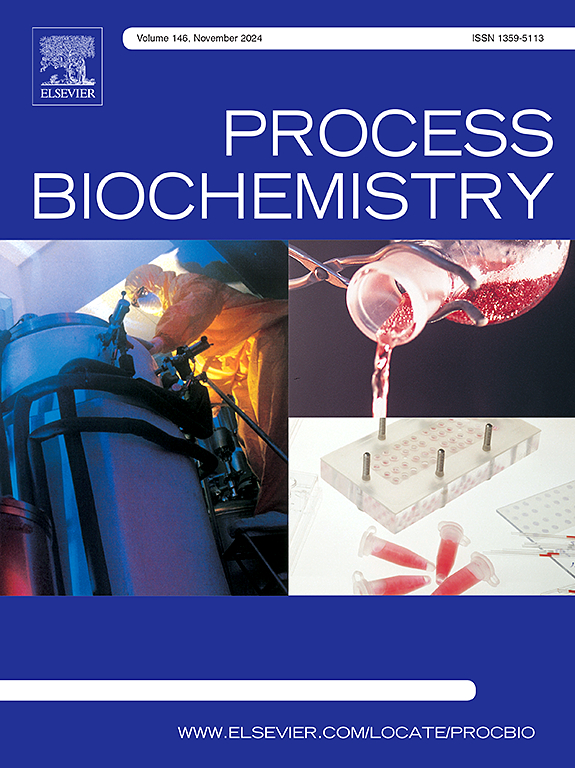Recent advances in enzyme-based metal nanoparticles as colorimetric biosensors for the detection of pesticides: A review
IF 3.7
3区 生物学
Q2 BIOCHEMISTRY & MOLECULAR BIOLOGY
引用次数: 0
Abstract
Pesticides residues determination has received significant interest due to the high acute toxicity and their potential to cause long-term damage to the environment and human lives. Traditional analytical methods such as HPLC and GC-MS have been widely employed to analyse pesticides in various samples. However, these methods have drawbacks such as tedious sample preparation, complexity, expensive, and the need for highly specialized staff. As a result, there is an increasing demand for analytical methods that enable easy, quick, sensitive, selective, low-cost, and reliable detection of pesticides at trace levels. Enzyme-based biosensors offer a promising alternative, providing rapid, sensitive, and cost-effective pesticide detection. Recent advancements in colorimetric biosensors using metal nanoparticles enable on-site monitoring visible by the naked eye. These innovations may lead to portable instruments for rapid toxicity testing, revolutionizing pesticide analysis. This paper reviews insecticide types, effects, challenges, and the development of metal nanoparticle-based colorimetric biosensors for identifying pesticide.
求助全文
约1分钟内获得全文
求助全文
来源期刊

Process Biochemistry
生物-工程:化工
CiteScore
8.30
自引率
4.50%
发文量
374
审稿时长
53 days
期刊介绍:
Process Biochemistry is an application-orientated research journal devoted to reporting advances with originality and novelty, in the science and technology of the processes involving bioactive molecules and living organisms. These processes concern the production of useful metabolites or materials, or the removal of toxic compounds using tools and methods of current biology and engineering. Its main areas of interest include novel bioprocesses and enabling technologies (such as nanobiotechnology, tissue engineering, directed evolution, metabolic engineering, systems biology, and synthetic biology) applicable in food (nutraceutical), healthcare (medical, pharmaceutical, cosmetic), energy (biofuels), environmental, and biorefinery industries and their underlying biological and engineering principles.
 求助内容:
求助内容: 应助结果提醒方式:
应助结果提醒方式:


